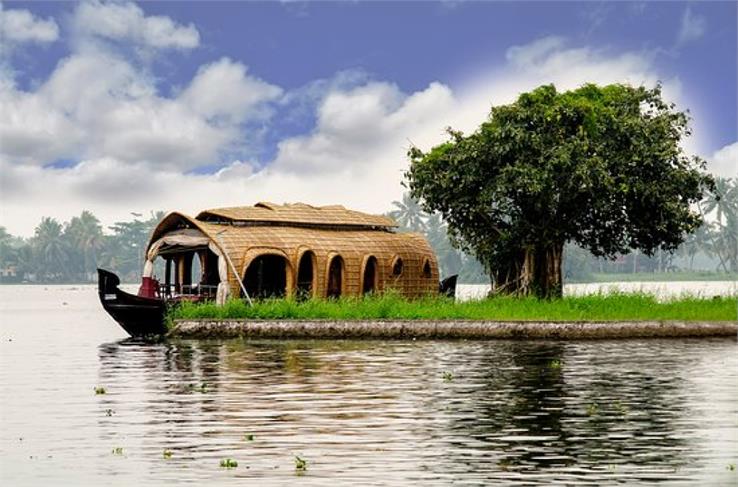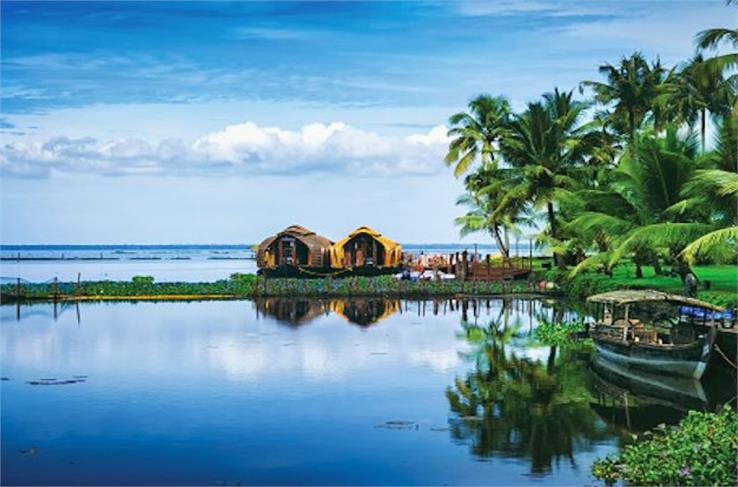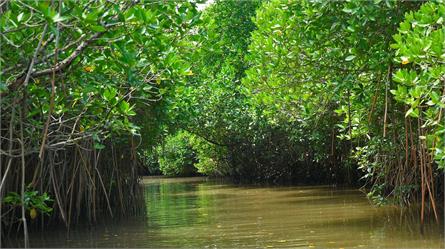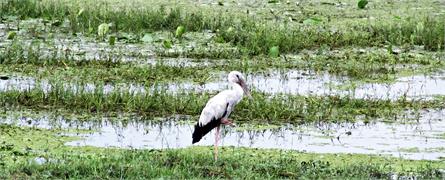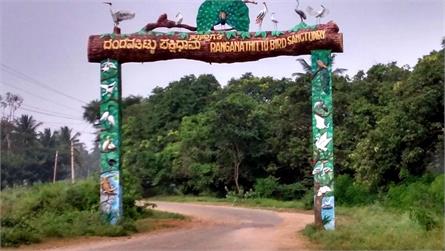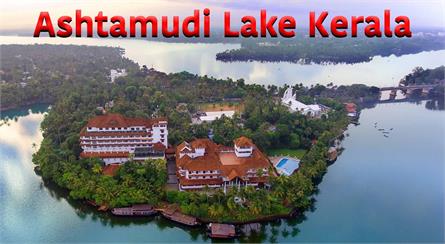Vembanad-Kol Kerala's Famous Ramsar Site

Admist the sprawling natural beauty of "God's Own Country" The Vembanad-Kol Wetland stands tall as an impressive wonder of Kerala. It is famous for its ecological significance, cultural importance, and the rich biodiversity it harbors. This captivating wetland stretches throughout the southwestern region of Kerala and harbours a significant role in the lives of the habitants. As we move along this article, we will go into the glory of the Vembanad-Kol Wetland, also known as the longest lake in India.
Also Read: Khijadia Wildlife
The Glory of Vembanad-Kol Wetland
The Vembanad-Kol Wetland, well known as Vembanadu Lake is a complex of brackish (slightly salty water) lagoons, lakes, and canals. These cover an area of 96.5 kilometers (60 miles). Vembanad-Kol Lake is in between Alappuzha and Kochi. It is the longest lake in India and one of the biggest in the world. This herbal wonder covers an area of about two hundred kilometers, and its splendor is awe-inspiring.
Also Read: Nalsarovar Bird Sanctuary
The Origin and Formation of Vembanand-Kol Lake
Vembanad-Kol Wetland is originates through the confluence of numerous rivers with the Periyar, Meenachil, and Pamba. These rivers carry along freshwater and sediments into the wetland, creating dynamic and lush surroundings. The backwaters of this lake are made from the network of canals that shape the famous Kerala Backwaters, a major tourist appeal.
Also Read: Sultanpur National Park
Cultural Significance of Vembanand-Kol Wetland
The Vembanad-Kol Wetland is deeply laced with the cultural fabric of Kerala. The backwaters serve as an important transportation route for the people living in the area. Traditional houseboats, referred to as "kettuvallams," have operated in those waters for hundreds of years, presenting a unique manner to explore the picturesque landscapes and witness the local lifestyles. The annual Nehru Trophy Boat Race, held within the Punnamada Lake phase of Vembanad, is a significant occasion in Kerala's cultural calendar, attracting thousands of spectators and fans.
Apart from its cultural significance, the Vembanad-Kol Wetland is a developing ecological hotspot. The brackish(salty) water helps a range of aquatic lifestyles, making it a sanctuary for various species of fish, crabs, and shellfish. The wetland is also domestic to numerous bird species, along with migratory birds from Siberia. Birdwatchers, flora and fauna enthusiasts flock to this location to witness the awesome avian population. Mangrove forests and wetland flora add to the ecological importance of the vicinity.
Environmental Challenges
While the Vembanad-Kol Wetland is a natural treasure, it faces several environmental challenges. Pollution from agricultural runoff, business effluents, and waste disposal poses a massive danger to the waters. Erosion and land reclamation for city development are various pressing worries. Sustainable conservation efforts are essential to keep the sensitive stability of this environment.
Conservation and Sustainable Practices
Various governmental and non-governmental businesses, which include the Kerala State Council for Science, Technology, and Environment, have initiated conservation programs to protect the Vembanad-Kol Wetland. These efforts include the restoration of mangrove habitats, water monitoring, creating and promoting responsible tourism.


